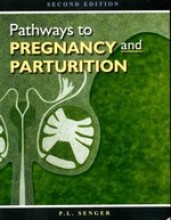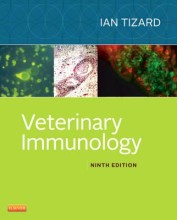Summary: Quality Of Animal Products
- This + 400k other summaries
- A unique study and practice tool
- Never study anything twice again
- Get the grades you hope for
- 100% sure, 100% understanding
Read the summary and the most important questions on Quality of animal products
-
1 meat
This is a preview. There are 32 more flashcards available for chapter 1
Show more cards here -
Biggest meat production
- poultry
- pig
- bovine
- ovine
-> pig went down due to a disease in China -
World meat consumption
- we eat much more poulty
- a little bit more pig -
Meat used in NL on carcass basis
- produce a lot ofveal but weimport the most
- not much horse meat
- quite some differences between countries in the EU. -
More flexitarians, more meat consumption?
- in 2011 there were more people that did not eat meat everyday, but they didnt know what is was called, now people know the term.
- eat more meat than you normally would do if you can finally eat meat. -
What is meat quality?
- Meat quality is normally defeined by the compositional quality (lean to fat ratio) and the palatability factors such as visual appearance, smell, firmness, juiciness, tenderness and flavour. The nutritional quality of meat is objective, yet "eating" quality, as perceived by the consumer, is highly subjective. (FAO, 2014)
- a lot of factors contributing -
Pig carcass classification (HGP)
- pistol with a needle is pushed through the carcass
- the eye in the needle measures the backfat and muscle -
Pig carcass classification (trading classes)
- S E U R O P
- >60, 55-60, 50-55, 45-50, 40-45, <40
-> lessbackfat -> morebackfat
- type score ->AA - A - B - C
-AA = excellent, C=bad
- by genetics the pig differ after a feq years (genetic process) -
Carcass classification in other species
Cattle
- weight of the carcass
- Visual carcassgrading (SEUROP )
- 5 classes for fat covering (1= little, 5=very fat)
-subclasses for both traits (-, 0, +)
Veal calves
- Grading similar to caatle (but no S for muscularity )
- meat colour (from 1 (white) to 13 (dark pink))
sheep/goat
- live weight or carcass weight
- visual grading
Broilers
- payment per kg live weight for batches of animals -
Chemical composition of typical adult mammalian muscle
- water = 75%
- protein = 19%- myofibrilar = 11.5%, sacroplasmic (5.5%) and connective tissue, organelles (2%)
- carbohydrates = 1.2%
- misc. Soluble non-protein substances = 2.3% -
How does PH develop after slaugtering
- no oxygen anymore, anearobic breakdown of the muscle carbohydrates results in lactic acid and a lower muscle PH
- DFD = dark firm dry = the decrease in PH is much less and stays at a higher level
- PSE = pale, soft, exudative= rapidly decline in PH, the PH is lower than normal
- Hampshire effect = shortly after slaughting the PH drop is very similair, but afterwards it goes down further and it ends ver low, lower than PSE.
- PSE has the most waterloss and DFP has hardly any driploss, so higher water content.
- Higher grades + faster learning
- Never study anything twice
- 100% sure, 100% understanding






























